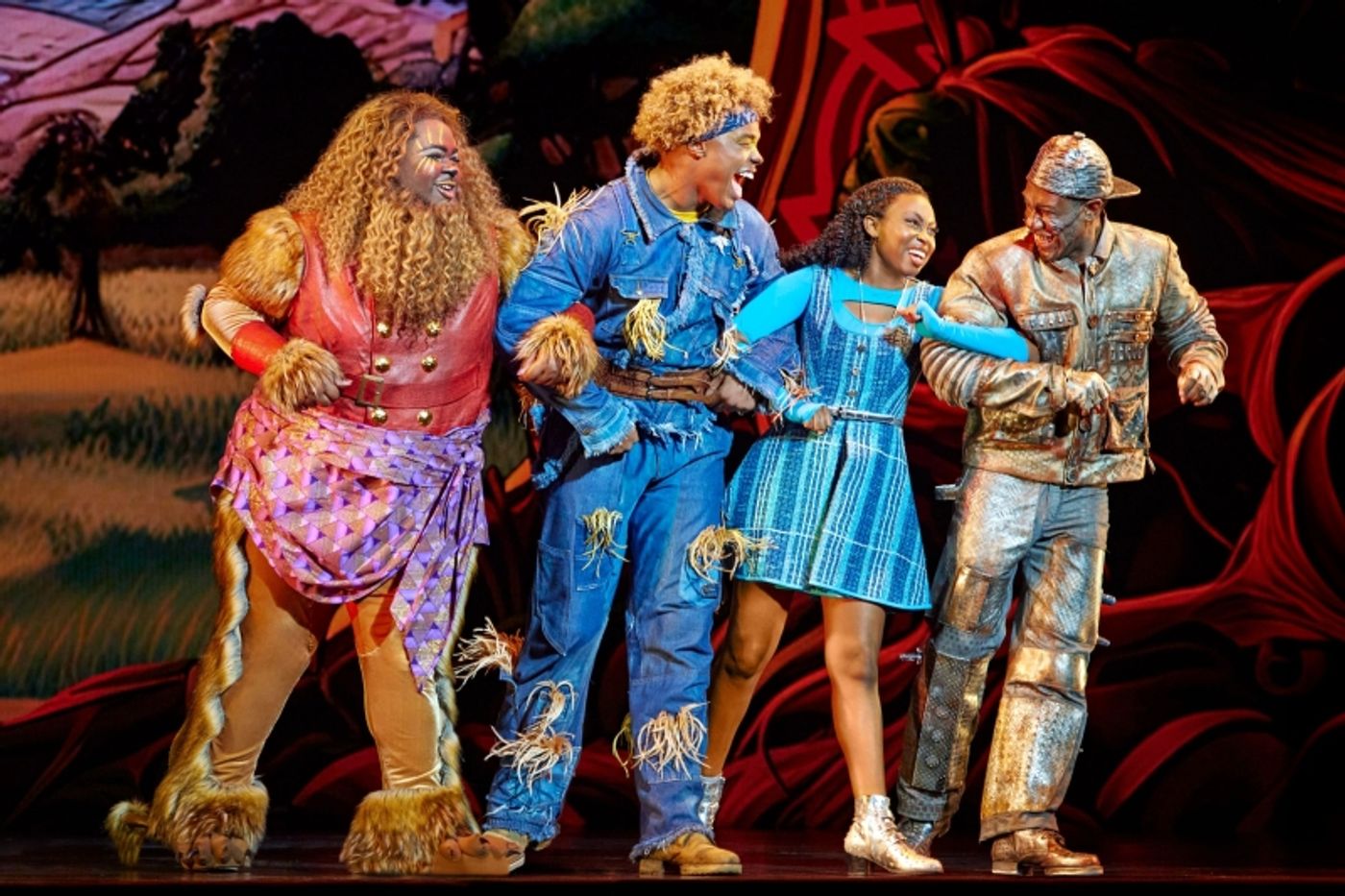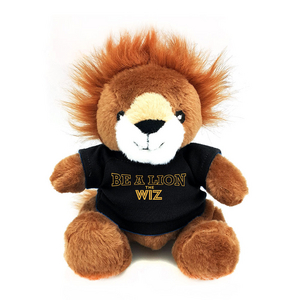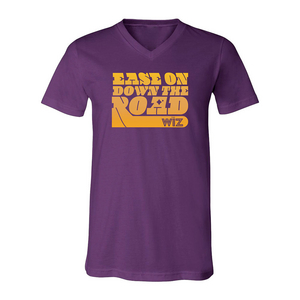How Often Do Shows Tour Before Coming to Broadway?
Jennifer Ashley Tepper Is answering your questions with Broadway Deep Dive!
Do you have a burning Broadway question? Dying to know more about an obscure Broadway fact? Broadway historian and self-proclaimed theatre nerd Jennifer Ashley Tepper is here to help with her new series, Broadway Deep Dive. Every month, BroadwayWorld will be accepting questions from theatre fans like you. If you're lucky, your question might be selected as the topic of her next column!
Submit your Broadway question in the comments here!
This time, the reader question was: How often do shows like The Wiz start on tour before coming to Broadway?
The current Broadway revival of The Wiz is playing at the Marquis Theatre, starring Nichelle Lewis as Dorothy, Wayne Brady as The Wiz, and Deborah Cox as Glinda. This production of The Wiz toured America starting in September 2023 in Baltimore, where the musical originated 50 years ago. It then opened on Broadway in April 2024.
Engaging in a full pre-Broadway tour, rather than just one or two pre-Broadway stops, before hitting the main stem can have several advantages. One is that it gives a production an opportunity to recoup a significant amount of cost before coming to Broadway. This is typically only possible when a show is a well known brand. Because of this, shows that follow this path are almost always musical revivals, rather than new musicals, or plays. Certain titles can be successful if they take advantage of demand across America as well as demand in New York.

How often have Broadway productions been seen on a national tour before heading to Broadway?
The culture of musical revivals gained new steam during the Golden Age of Broadway and the Rodgers and Hammerstein revolution. Musicals began being seen as canonical, permanent pieces worthy of being brought back, rather than temporary entertainment. As such, musical revivals became more frequent on Broadway and so did musical revival productions coming to Broadway after—or sometimes in the middle of—a national tour.
Carousel is an interesting early example. The original production of the Rodgers and Hammerstein masterwork opened at the Majestic Theatre on Broadway in 1945 and closed in 1947. A week later, its national tour began. When the national tour was ready to conclude in early 1949, their final stop was back at the Majestic for a couple weeks. During that era, it was comparatively inexpensive for a tour to make a simple stop on Broadway.
Our next example also proves this point. The 1952 Broadway revival of Kiss Me, Kate played only 8 performances at the Broadway Theatre, but it wasn’t a big flop—rather, it just made a quick victory lap to NYC after having toured the country for a few years.
Similar to Carousel, West Side Story left on national tour a week after its 2-year Broadway run ended in 1959. Following about a year on tour, the touring production returned to New York. This engagement was successful enough to play at the Winter Garden and the Alvin (Neil Simon) Theatres. It’s possible the demand for an additional 249 performances in New York was because the audience was starting to catch up to the musical’s timeless brilliance, having had some time for it to sink in.
Some original stars were involved when Carousel, Kiss Me, Kate, and West Side Story stopped on Broadway following their tours, but Annie Get Your Gun returned to New York with the greatest star fanfare in 1966, since it included Ethel Merman reprising the title role after originating it two decades earlier.
Purlie also followed the pattern of the earlier shows; its original Broadway production ran from 1970 to 1971, left on a national tour right after closing from 1971 to 1972, and looped back to Broadway for a few weeks at the end of 1972 and beginning of 1973.
A few well-known titles have come to Broadway directly following national tours, with one of the main attractions being a star. This was the case with two revivals of Gypsy. In 1974, the Angela Lansbury Gypsy toured the country before coming to the Winter Garden, and in 1989 the Tyne Daly Gypsy toured the country before coming to the St. James. Hello, Dolly! toured starring Pearl Bailey before stopping on Broadway in 1975, and in 1978 and 1995 returned to Broadway after tours starring Carol Channing, who played over 5,000 performances in the role in her lifetime. America got to see Fiddler on the Roof again with Zero Mostel in 1976 before Broadway received the production, and in 1990, the same happened with Topol.
In 1974, a musical revival on a different timeline came to Broadway. Good News was a hit 1927 musical that was revised for a tour five decades later that then came to Broadway starring Alice Faye and Stubby Kaye. The revival was not a success, but the show has retained its status as a popular property partially because of this additional time in the public eye.
A 1977 Jesus Christ Superstar tour came to Broadway for a few months at the end of its time on the road. The Music Man hit Broadway after the road in 1980 in a production starring Dick Van Dyke, and Camelot did the same in the same year in a production starring Richard Burton and Christine Ebersole. The latter two productions happened at City Center and at the New York State Theatre at Lincoln Center, respectively, both not Broadway venues today that were considered so at the time because of their contracts and Tony Award eligibility.
The show that has come to Broadway directly following national tours the most times is Peter Pan. Given its place as a popular family musical, Peter Pan makes sense as a show that would thrive by having a chance to be seen both on the road and on Broadway. Prior to Disney’s time on Broadway starting in the 1990s, family musicals couldn’t often sustain long runs on Broadway, so coupling a Broadway run with a full national tour in order to make a production make financial sense was smart. In 1979, Sandy Duncan led Peter Pan back to Broadway following a tour. From 1989 to 1991, Peter Pan toured led by Cathy Rigby, stopping on Broadway twice, during both the 1990 and 1991 holiday seasons. At the end of the decade, another production toured from 1997 to 2000, again stopping on Broadway for two separate engagements opening in 1998 and 1999.
My Fair Lady became the longest running show in Broadway history after its initial 1956- 1962 run, a record it maintained for almost a decade. Two of the show’s four Broadway revivals came to New York directly after national tours. One opened in 1981, featuring Rex Harrison reprising his role as Henry Higgins, and the other opened in 1993.
Also in the 1980s, Show Boat, The King and I, and Dreamgirls returned to Broadway on the heels of their national tours. The 1983 Show Boat opened at the Uris, which was renamed the Gershwin during its run. The 1985 The King and I starred Yul Brynner, in his final turn as the King, opposite Mary Beth Peil. Dreamgirls followed the old pattern from earlier in the 20th century; its original Broadway production played from 1981 to 1985, the production set out on the road shortly after, and after over a year touring America, it returned to Broadway for a victory lap, starring Lillias White as Effie.
In the 1990s, Man of La Mancha, Joseph and the Amazing Technicolor Dreamcoat, and Annie all boasted Broadway runs tacked onto national tours. Raul Julia led La Mancha as Don Quixote across America and then to the Marquis, in his final Broadway role. The sole Broadway revival of Joseph and the Amazing Technicolor Dreamcoat found its way to the Minskoff after touring in 1993. Annie played six tour stops in 1997 before coming to Broadway; after seven months on Broadway, the production headed out for another year and a half on tour!

The amount of productions touring before Broadway decreased following the 1990s, but Broadway still greeted revivals of Hair (2011), Fela! (2012), Jekyll and Hyde (2013), and Motown (2016) that did just that.
The current Broadway revival of The Wiz that opened at the Marquis in 2024 is not the first Wiz that toured prior to its New York bow. In fact, the only other Broadway revival of The Wiz also started out as a tour before opening at the Lunt-Fontanne in 1984, starring Stephanie Mills.
Comments
Powered by
|
Videos





